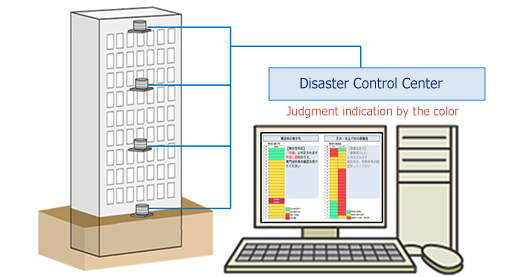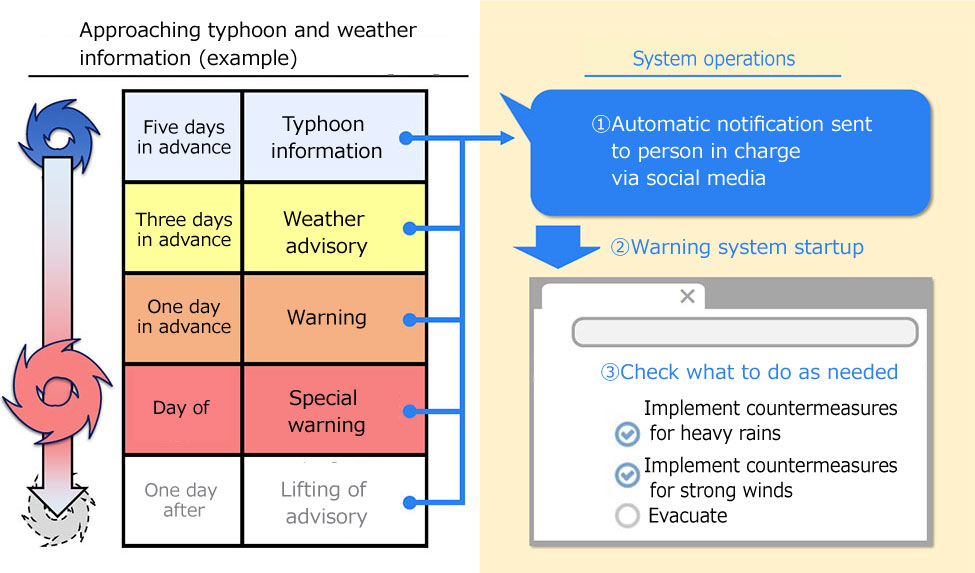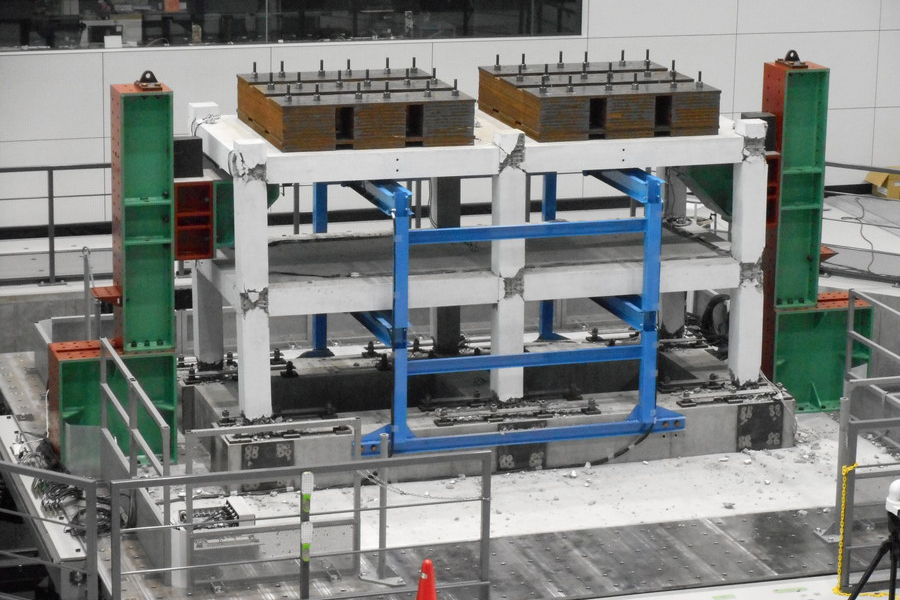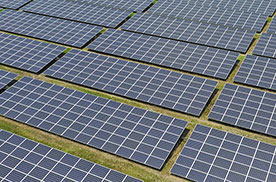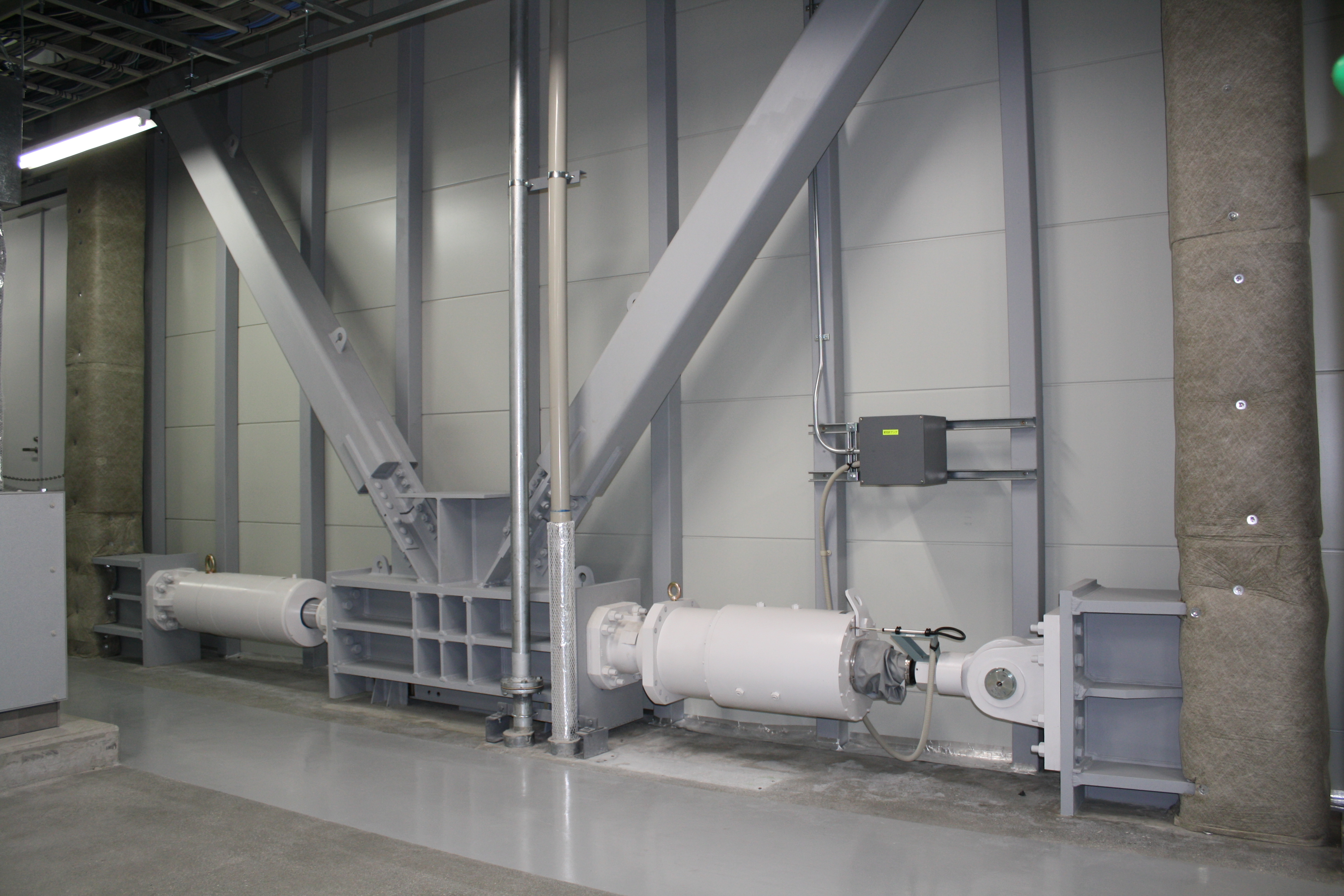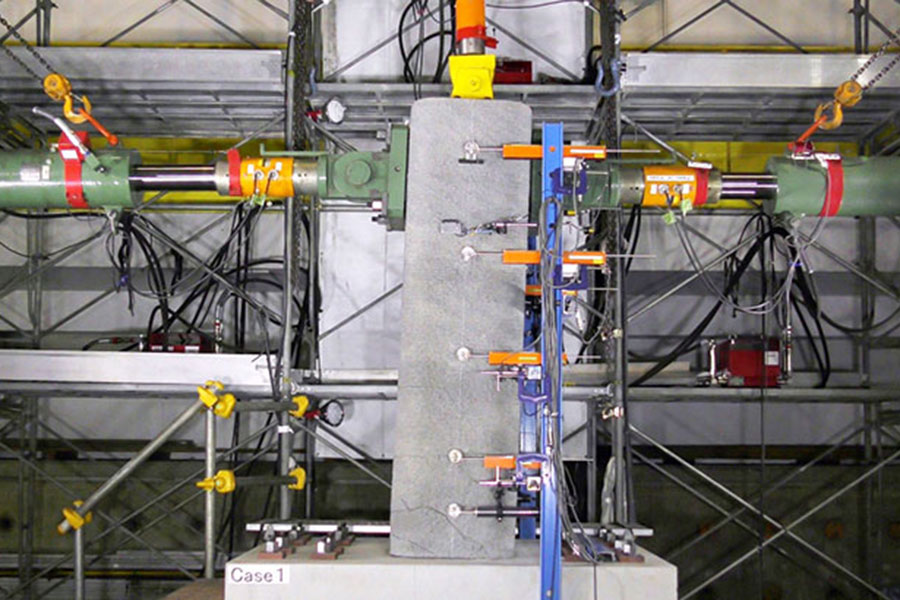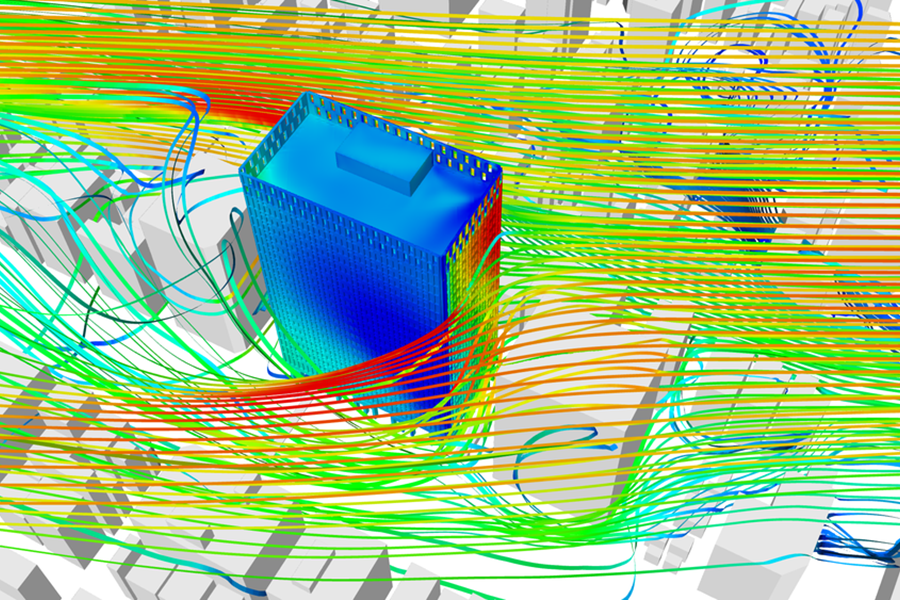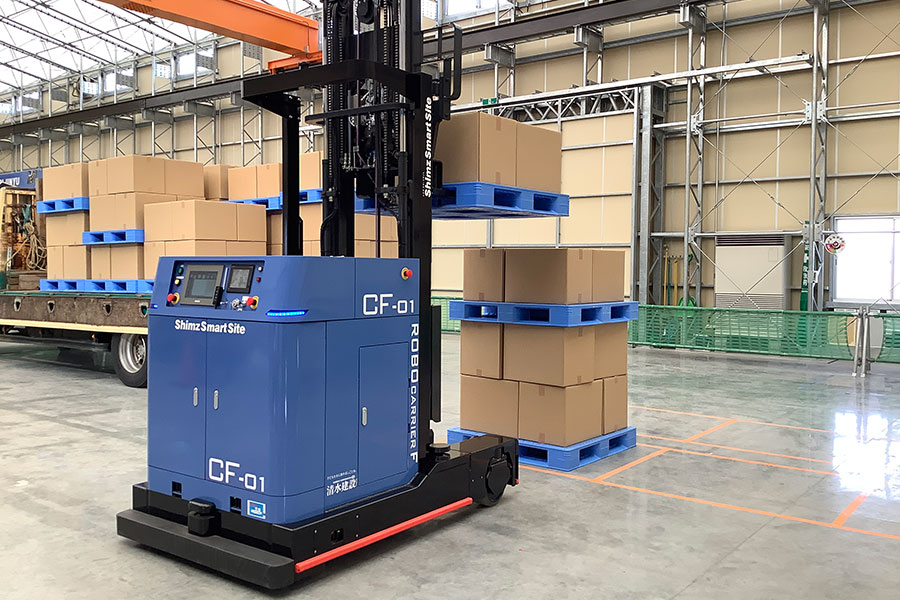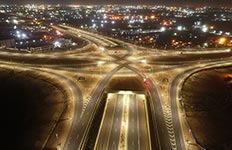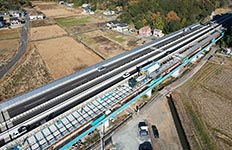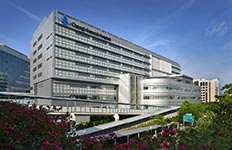
Protects lives and businesses from natural disasters
There are concerns about an earthquake directly beneath the Greater Tokyo Area, massive earthquakes in the Nankai and Sagami Troughs, occurrence of other major earthquakes, and the damage caused by torrential rains, typhoons, and other meteorological events is also increasing. To protect lives and businesses from such disasters, the Center for Safety and Reliability Engineering is pursuing research and development from the three perspectives of the soft aspects(risk prediction, diagnostic technology), the hard aspects(earthquake resistance, seismic isolation, vibration control, and other damage mitigation technologies), and skills(technology that increases resilience in the face of disaster).
Soft Aspects
(risk prediction, diagnostic technology)
To minimize damage from disasters, it is first important to know what the risks are. The center has developed proprietary forecasting technology such as seismic motion prediction, tsunami analysis, prediction of building damage from an earthquake, prediction of flooding during torrential rainfall, and evacuation simulations, and has been instrumental in evaluating the many risks for various kinds of facilities with a high degree of accuracy.
Hard aspects(earthquake-resistance, seismic isolation, vibration control, and other damage mitigation technologies)
Various kinds of damage occur, depending on the disaster situation and the facility conditions. We are conducting many types of research and development on seismic isolation and vibration control technology to minimize the damage from building shaking and swaying, earthquake-resistant construction methods for ceilings and equipment, tsunami protection technology, and other technologies that we can propose for each facility, depending on the needs.
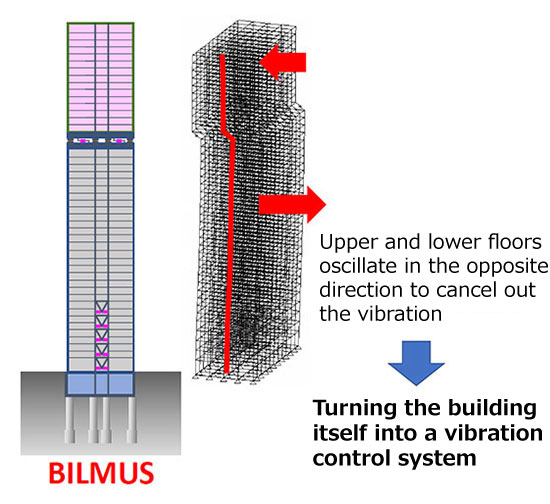
Skills(technology that increases resilience in the face of disaster)
It is crucial to swiftly assess and respond to the situation before and after a disaster to facilitate businesses’ early recovery. We are developing technologies to support a smooth response to disasters, such as the dissemination of information using the earthquake early warning system, equipment control, and monitoring to determine the structural integrity of buildings immediately after an earthquake. We are also developing technologies to prevent disasters, including “Pinpoint-Timeline,” which automatically disseminates weather information before the arrival of typhoons and torrential rains to encourage disaster-prevention behavior.
